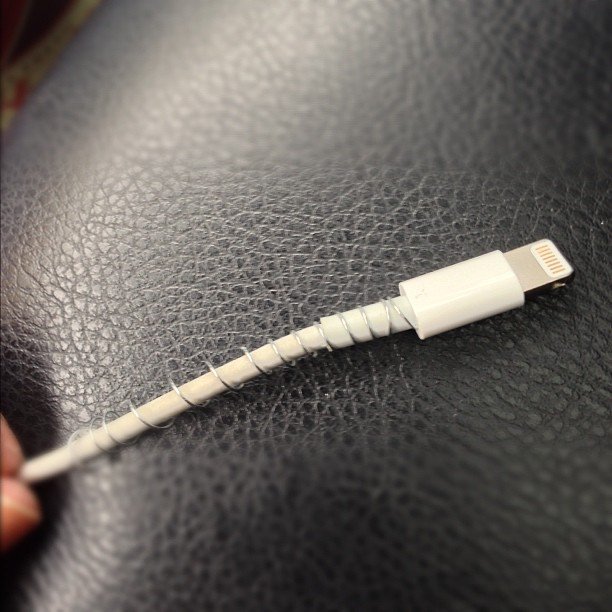A recent Wall Street Journal article announced reports of Apple’s electric car development coming to fruition in 2019.
Project Titan is responsible for the design and development of the car is reportedly going to increase their manpower for the job to 1,800 persons. This news comes after the addition of many car industry veterans to the Titan team, such as Tesla’s previous senior engineer, Jamie Carlson.
Apple’s 2019 vehicle is not expected to be autonomous, but driver-less car experts are going to be working on the development of the car as well. What we can expect from this car is that it will reflect Apple’s extensive research into batteries, sensors, and design. As of now, there is no clear answer on what type of car (sedan, coupe, truck, mini van, etc.) the Apple car will be.
With the coming of Apple’s electric car in 2019, we should expect the release of many other electric cars. Along with the familiar production of electric vehicles from Tesla, Nissan, and Toyota, companies like Porsche, Audi, and Chevrolet have some electric car projects in the works as well that we can expect to see in the near future.
With Google and Apple’s emergence into the car industry, many car companies are worried that it will negatively affect business for them.
Originally posted on SBU Innovation Lab Blog by Christopher Tasso.















